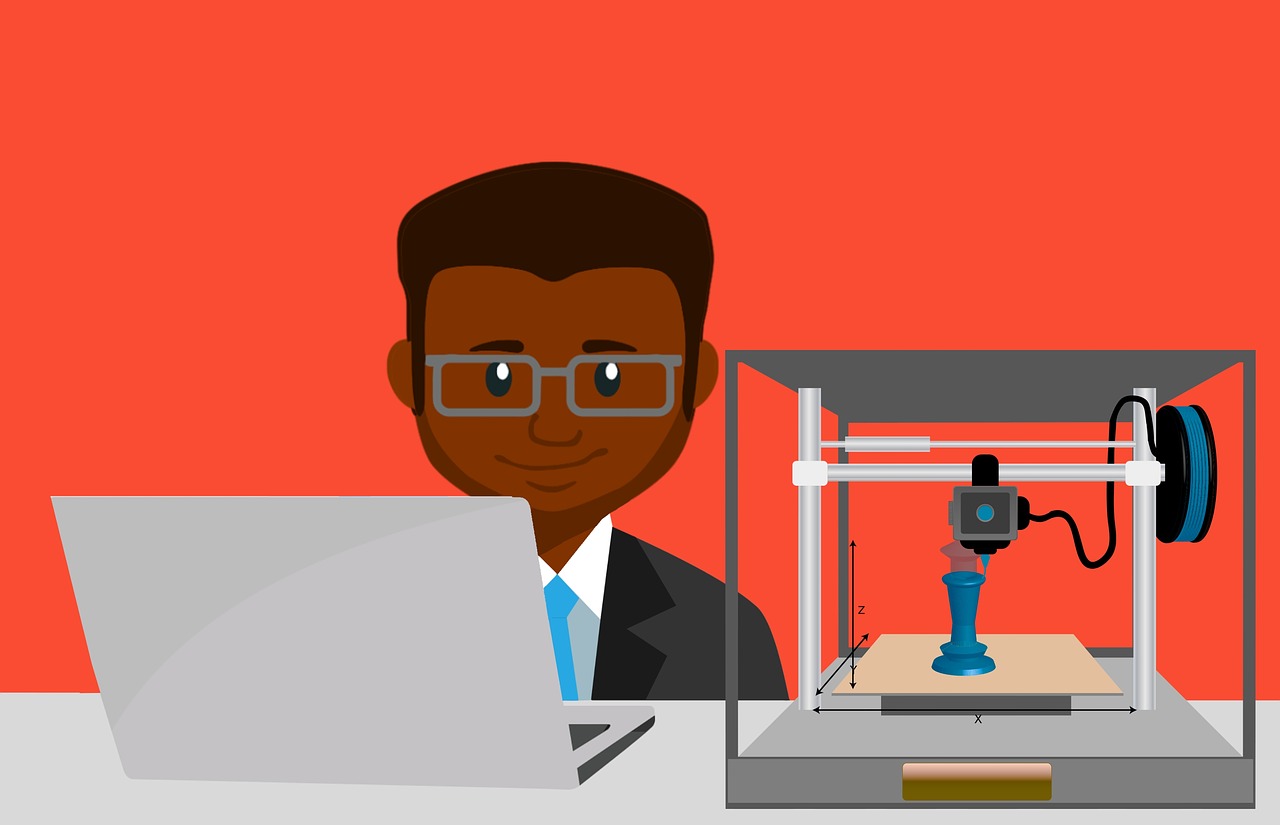
22 Mar ENGINEERING 3.0: A BRAVE NEW WORLD OF INNOVATION
Engineering is a growingly important discipline to master. As we venture into the future, the field of engineering will only continue to evolve as well, guided by emerging technologies and the need to tackle pressing global issues. But which core trends will define the future of engineering? From the integration of cutting-edge technologies to the development of sustainable solutions, it’s time to take a deeper dive.
Case in point: Artificial intelligence (AI) and robotics are transforming the way we approach engineering problems. AI-driven algorithms can analyze massive amounts of data, identify patterns, and predict outcomes, allowing engineers to make more informed decisions and optimize designs. Robotics, on the other hand, has revolutionized the manufacturing sector, automating repetitive tasks, and enabling precision assembly.
In the future, the integration of AI and robotics in engineering will lead to more efficient and sustainable design and construction processes. Engineers will leverage these technologies to create smart cities, develop advanced transportation systems, and optimize energy production and distribution.
Additive manufacturing, commonly known as 3D printing, has been steadily gaining momentum in recent years as well. This innovative technology allows engineers to create complex and customized structures with minimal material waste, resulting in more sustainable and cost-effective production processes.
As additive manufacturing technology continues to mature, it will become an integral part of the engineering landscape. Engineers will use 3D printing to create lightweight components for aerospace, automotive, and construction industries, as well as develop advanced medical devices and prosthetics. Additive manufacturing will also play a crucial role in space exploration, allowing engineers to manufacture structures and equipment on-demand during missions.
The growing awareness of climate change and resource scarcity has put sustainability and resilience at the forefront of engineering too. Engineers must develop solutions that minimize environmental impact, promote energy efficiency, and reduce waste. This shift in focus will require the adoption of sustainable materials, innovative construction techniques, and the integration of renewable energy sources into various sectors.
Moreover, engineers must also design infrastructure and systems that can withstand the impacts of climate change and natural disasters. This will involve the development of adaptive and resilient structures that can better cope with extreme weather events, rising sea levels, and other climate-related challenges.
The future of engineering will additionally rely on the cultivation of a diverse and inclusive workforce – one that’s capable of bringing a wide range of perspectives and ideas to the table. Encouraging more women, underrepresented minorities, and people from different socio-economic backgrounds to pursue engineering careers will lead to more innovative solutions and help address global challenges more effectively.
Efforts to promote diversity in engineering should often begin at the educational level, through targeted initiatives and mentorship programs that support students from underrepresented groups. The industry can also benefit from creating inclusive work environments that foster collaboration, professional growth, and equal opportunities for all.
Happily, while engineers will need to embrace these trends to tackle the complex challenges of the 21st century, by integrating these key trends into engineering practice, the profession will continue to drive human progress and create a brighter, more sustainable future for all.



